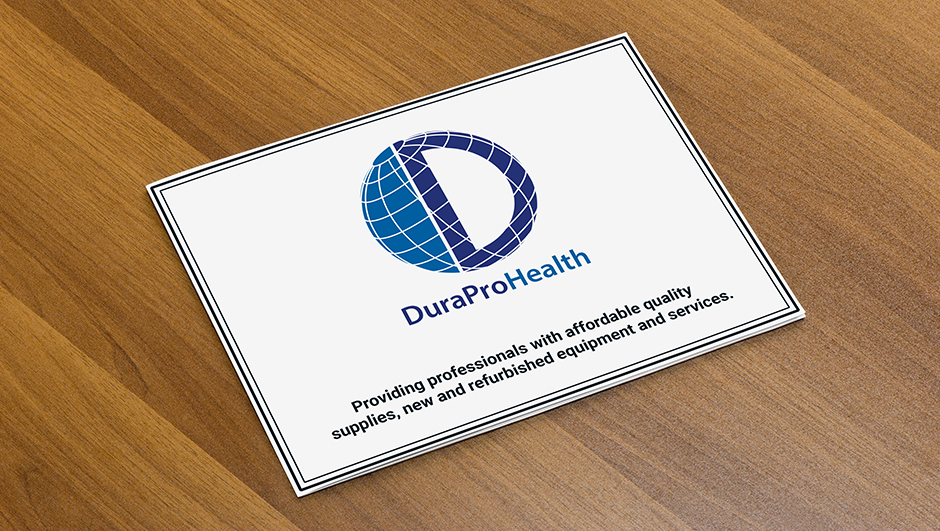SAFETY FROM OUR CUSTOMER’S PERSPECTIVE…..THE DENTAL ASSISTANT’S GUIDE TO DENTAL EQUIPMENT MAINTENANCE
Most Dental Assistants don’t walk around with a tool belt on their waists, but in many offices when a piece of equipment does not work properly it’s the Assistant that often springs to action. The proper equipment maintenance is important part of the process for the safety of the patient as well as the employees of a dental practice.
Proper maintenance of dental equipment not only helps alleviate the possibility of sudden problems, but can also alert you to any safety concerns and help to extend the life of the equipment. Most of us tend to know what needs to be done on a day-to-day basis, but what needs to be done on a weekly, monthly, quarterly, and annual basis?
At the beginning of the day:
- Turn on the vacuum and air compressor systems as well as the master water switch
- If applicable, turn on the nitrous-oxide and oxygen tanks
- If you are still using a film-based processor, turn it on and replenish the fixer and developer
- Fill the ultrasonic with the appropriate amount of fresh water and solution
- Check the water levels in the sterilizer(s) and turn it on
- If using self-contained water bottles, fill and use appropriate waterline maintenance product
- Flush water through hand pieces and air/water syringes
Throughout the day it is important to lubricate and sterilize hand pieces; lubricate prophy angles (if not disposable), contra angle, and nose cones between patients; disinfect operatory equipment after each patient; flush hand piece waterlines between each patient; and check the water levels in self-contained water bottles.
At the end of the day:
- Run suction cleaner through the operatory HVE and saliva ejector tubing, and clean out delivery unit traps or replace if necessary
- If your delivery system has a self-contained water bottle system, flush hand piece tubing, air/water syringes, ultrasonic scalers, and air polishers with air to eliminate to buildup of unnecessary biofilm
- Drain and wipe out ultrasonic cleaner
- Turn off delivery systems, X-rays, sterilizers, power scalers, air polishers, film processor (if applicable), vacuum and air compressor systems, and master water switch

On a weekly basis:
- Change the traps on the delivery unit
- Check and replace O-rings on hand piece couplers and gaskets on hand pieces.
- Check and replace the O-rings on HVE and saliva ejector valves.
- Disassemble and lubricate the valves.
- Clean the interior and exterior of sterilizer(s), including reservoir.
- Check sterilizer filters and perform a biological spore test in each sterilizer if the practice has multiple sterilizers.

On a monthly basis:
- Check, clean, or replace the plaster trap
- Clean the model trimmer
- Clean Panoramic/Ceph cassettes, intensifying screen or Sensors
- Check rubber goods on nitrous-oxide systems and emergency oxygen units for deterioration
- Check, clean, or replace master trap
It is also good on a monthly basis to sit in the operatory chair. Take a look at the operatory from the patient’s perspective. What do you see? Is the operatory light clean and fog free? Are there cobwebs in the corners of the room? Look to the left and right. What do you see? Does everything look clean, fresh, and dust free?
Annually, it is recommended to:
- Change sterilizer door gasket and cassette seals
- Change oil (if oil lubricated) of compressor
- Have fire extinguisher(s) inspected
- Have X-ray equipment inspected, calibrated, and certified (or as required by states)
- Conduct staff OSHA training
- Review emergency procedures with staff (patient emergencies as well as in case of fire, etc.)
 Each office should have an equipment “first aid” kit. It should contain items that are needed for routine self-maintenance. These include hand piece lube and cleaner; air compressor oil and intake valves; vacuum intake filters, line cleaner, traps and canisters; spare hand piece turbines, chucks, bur tools and cleaners; spare light bulbs for hand pieces, curing lights and operatory lights; and spare O-rings and gaskets.
Each office should have an equipment “first aid” kit. It should contain items that are needed for routine self-maintenance. These include hand piece lube and cleaner; air compressor oil and intake valves; vacuum intake filters, line cleaner, traps and canisters; spare hand piece turbines, chucks, bur tools and cleaners; spare light bulbs for hand pieces, curing lights and operatory lights; and spare O-rings and gaskets.
Make sure to keep owner’s manuals for all equipment in a secure place, and consult them for manufacturer’s recommended maintenance. Equipment invoices should also be kept in case warranty issues arise.
It is important to be observant. Note any equipment that exhibits unusual behavior such as loud or abnormal noises or an unusual appearance/discoloration. If you notice anything out of the ordinary, contact your dealer service technician. These skilled, professional technicians are specifically trained to install, troubleshoot, and repair your equipment. In many cases they have been factory trained by the manufacturer, so contact them with any issues outside of the basic care of your equipment.
 One of the best ways to make sure that equipment is in safe, good working condition is to establish a schedule for routine maintenance. When your equipment is properly maintained and serviced, you can concentrate on delivering great care to your patients.
One of the best ways to make sure that equipment is in safe, good working condition is to establish a schedule for routine maintenance. When your equipment is properly maintained and serviced, you can concentrate on delivering great care to your patients.
